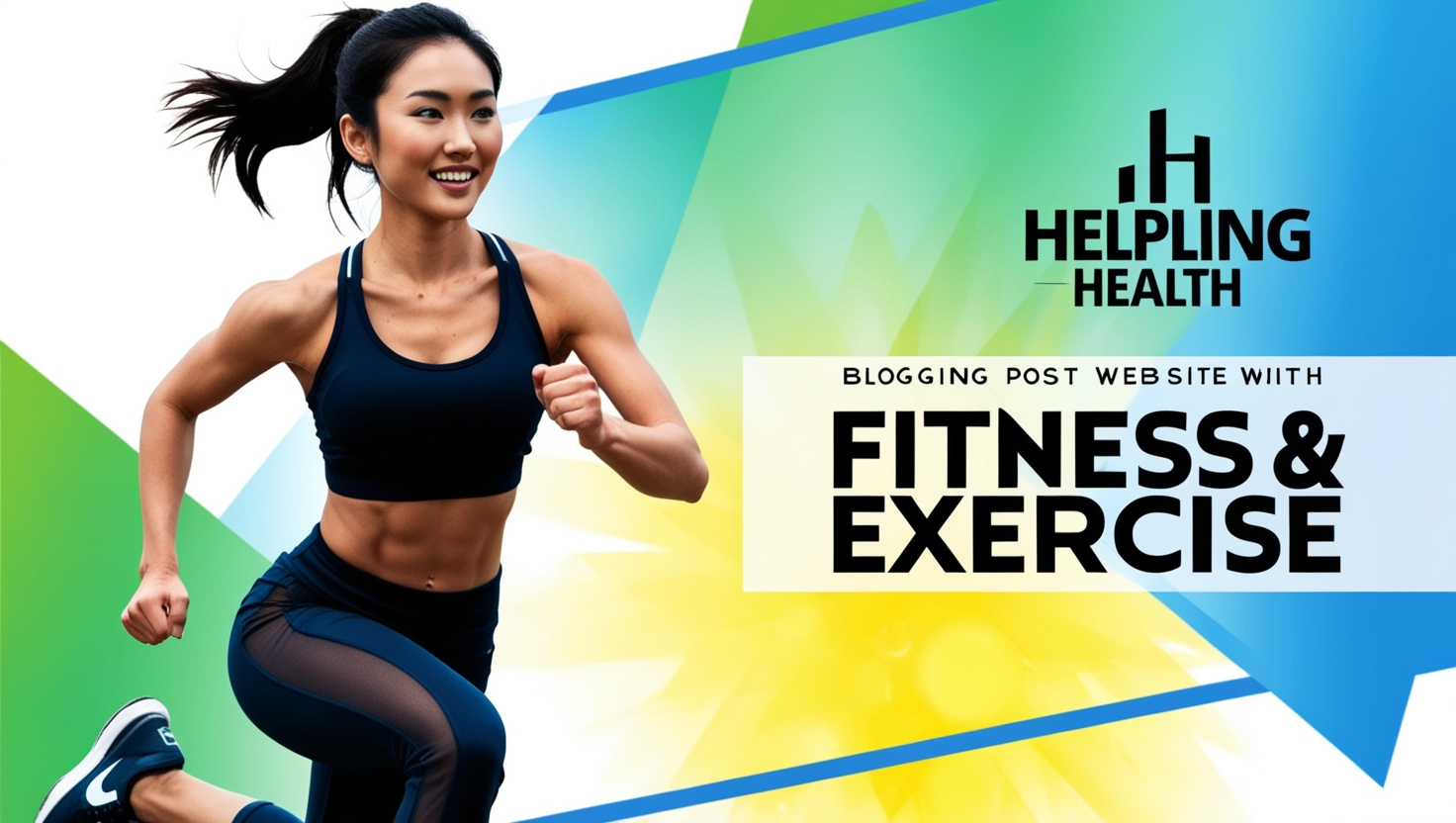
Yoga and Meditation: The Ultimate Guide to Fitness, Mindfulness, and Inner Balance
Modern life is full of deadlines, noise, and constant digital distractions. Many people search for ways to improve their physical health while finding peace of mind. Yoga and meditation offer a unique solution: they strengthen the body, calm the mind, and create lasting inner balance.
Unlike short-term fitness trends, yoga and meditation have been practiced for thousands of years and continue to provide proven benefits for both physical and mental health. This guide explores how to
integrate them into daily life, the science behind their effectiveness, and practical tips for beginners and advanced practitioners alike.
The Connection Between Yoga and Meditation
While yoga is often seen as a physical workout and meditation as a mental exercise, they are deeply connected. Yoga prepares the body for meditation by increasing flexibility, releasing tension, and improving posture. Meditation, on the other hand, sharpens focus and cultivates mindfulness, which enhances yoga practice.
Together, they provide:
-
Improved physical strength and flexibility
-
Reduced stress and anxiety
-
Enhanced focus and productivity
-
A stronger sense of spiritual well-being
Benefits of Yoga
-
Improves Flexibility and Strength
Regular yoga practice stretches muscles and builds core strength, reducing injury risk. -
Boosts Cardiovascular Health
Certain yoga styles, such as Vinyasa and Power Yoga, increase heart rate and circulation. -
Supports Weight Management
Yoga encourages mindful eating and reduces stress-related cravings. -
Improves Posture and Spinal Health
Daily practice counteracts the effects of long sitting hours. -
Enhances Lung Capacity
Breathing techniques (pranayama) improve respiratory function.
Benefits of Meditation
-
Reduces Stress
Meditation lowers cortisol levels and encourages relaxation. -
Improves Focus and Concentration
Mindfulness practice rewires the brain for sharper attention. -
Boosts Emotional Stability
Regular meditation helps regulate mood and reduces anxiety. -
Supports Better Sleep
Meditative breathing and visualization calm the mind before rest. -
Increases Self-Awareness
It helps individuals recognize thought patterns and shift toward positivity.
Types of Yoga to Explore
-
Hatha Yoga – Gentle, ideal for beginners.
-
Vinyasa Yoga – Flow-based, focuses on breath and movement.
-
Ashtanga Yoga – Structured, physically demanding.
-
Yin Yoga – Long holds for deeper stretching.
-
Restorative Yoga – Calming, stress-relief oriented.
Types of Meditation Practices
-
Mindfulness Meditation – Focuses on awareness of the present moment.
-
Transcendental Meditation – Uses mantras to quiet the mind.
-
Guided Meditation – Involves visualization led by a teacher or app.
-
Loving-Kindness Meditation – Cultivates compassion and positivity.
-
Breath Awareness – Concentrates on mindful breathing.
How to Start a Yoga and Meditation Routine
-
Choose a Quiet Space – A clutter-free area improves concentration.
-
Set a Realistic Schedule – Start with 10–15 minutes a day and increase gradually.
-
Wear Comfortable Clothing – Flexibility is key during movement.
-
Use Props if Needed – Mats, blocks, or cushions enhance practice.
-
Stay Consistent – Daily practice builds long-term results.
Best Time to Practice
-
Morning: Boosts energy and focus for the day.
-
Evening: Releases stress and prepares the body for restful sleep.
Consistency is more important than timing—choose what works best for your lifestyle.
Common Challenges and How to Overcome Them
-
Lack of Time: Short 5–10 minute sessions still make a difference.
-
Restless Mind: Focus on the breath to anchor thoughts.
-
Physical Stiffness: Start with gentle stretches before moving into deeper poses.
-
Low Motivation: Join a class or use an app for accountability.
Nutrition and Lifestyle Support
Yoga and meditation work best when supported by a healthy lifestyle. Consider:
-
Eating balanced meals rich in whole foods and plant-based ingredients.
-
Drinking plenty of water to stay hydrated.
-
Limiting caffeine and alcohol, which disrupt relaxation.
-
Prioritizing 7–8 hours of quality sleep.
Yoga and Meditation for Stress Management
These practices are especially powerful for reducing stress. Studies show that they lower blood pressure, improve immunity, and regulate hormones. Adding just 20 minutes of mindful breathing or gentle yoga to your daily routine can drastically improve mood and resilience.
Myths About Yoga and Meditation
-
“You need to be flexible to do yoga.” Flexibility develops over time.
-
“Meditation means emptying your mind.” It’s about awareness, not suppression of thoughts.
-
“Yoga is only for spiritual people.” It benefits anyone regardless of belief system.
Frequently Asked Questions
Q: How long should beginners meditate?
Start with 5 minutes and gradually extend to 20 minutes or more.
Q: Can yoga replace a workout?
Dynamic forms like Vinyasa or Ashtanga provide a full-body workout.
Q: Is it safe for all ages?
Yes, with modifications, yoga and meditation are safe for all age groups.
Q: How quickly will I see results?
Physical benefits may appear within weeks, while mental clarity builds gradually.
Conclusion
Yoga and meditation are more than just exercises—they are powerful tools for achieving balance in body, mind, and spirit. By committing to consistent practice, anyone can reduce stress, improve focus, and unlock a deeper sense of inner peace.
In a world filled with distractions, yoga and meditation offer a path back to self-awareness, resilience, and holistic health. Start small, stay consistent, and let the journey transform your life.
